Conversion of Units | General Awareness for SSC CGL PDF Download
| Table of contents |

|
| Conversion of Units |

|
| Fundamental Quantities and Derived Quantities |

|
| Fundamental and Derived Units |

|
| A Complete Unit Conversion Table |

|
In physics, converting units from one standard to another is a common requirement. For instance, you might need to convert miles to meters, hours to seconds, meters to inches, feet to meters, kilograms to grams, and so on. It's crucial to understand these conversions, especially when dealing with SI units, which are the standard in scientific contexts. For example, 1 meter equals 39.37 inches, and 1 kilometer equals 0.6214 miles.
When quantities are not in familiar formats, such as when converting to SI units, unit conversions are essential. You may encounter values in different units that need to be converted before performing calculations. The following section will provide a comprehensive guide to unit conversions.
Conversion of Units
This section focuses on converting units of measurement for various physical quantities. Before diving into conversions, it's important to understand fundamental and derived physical quantities and their units.
Fundamental Quantities and Derived Quantities
Physical quantities are classified into two main types:
- Fundamental Quantities: These are primary quantities used to derive other physical quantities. Examples include mass, time, length, electric current, luminous intensity, temperature, and amount of substance.
- Derived Quantities: Also known as secondary quantities, these are formed from fundamental quantities. For instance, speed is derived by dividing distance by time, making it a derived quantity. Similarly, volume is derived by multiplying length, breadth, and height.
Fundamental and Derived Units
Units for primary physical quantities are called fundamental units. Units formed from fundamental units are referred to as derived units. For example, speed is a derived quantity with the unit of meters per second (m/s), where meter and second are fundamental units, and the unit of speed is a derived one.
A Complete Unit Conversion Table
To address unit conversion problems in physics, it's helpful to use a conversion table. Such tables provide formulas for converting between various units of fundamental and derived physical quantities. The following tables summarize essential conversions, aiding in solving numerical problems involving unit conversions.
Basic Unit Conversion Table – Length
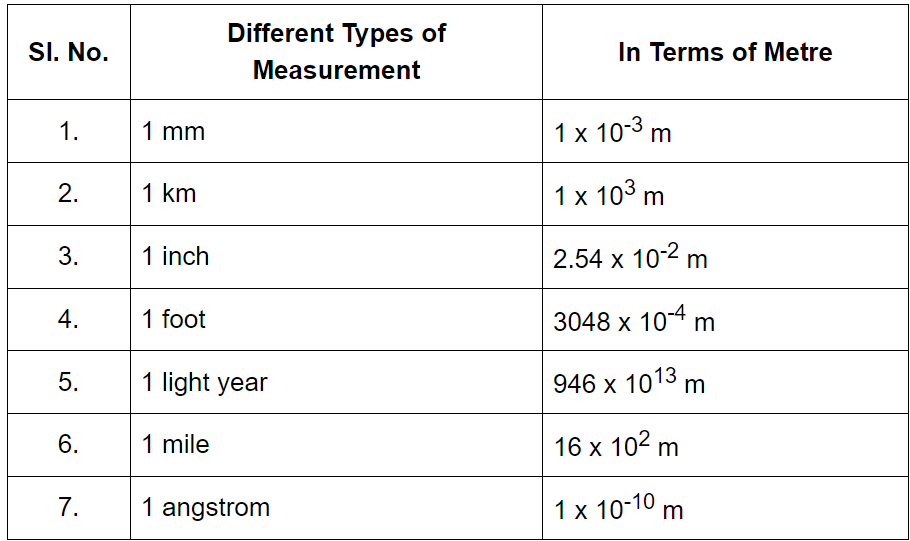 Unit Conversion List – Mass
Unit Conversion List – Mass
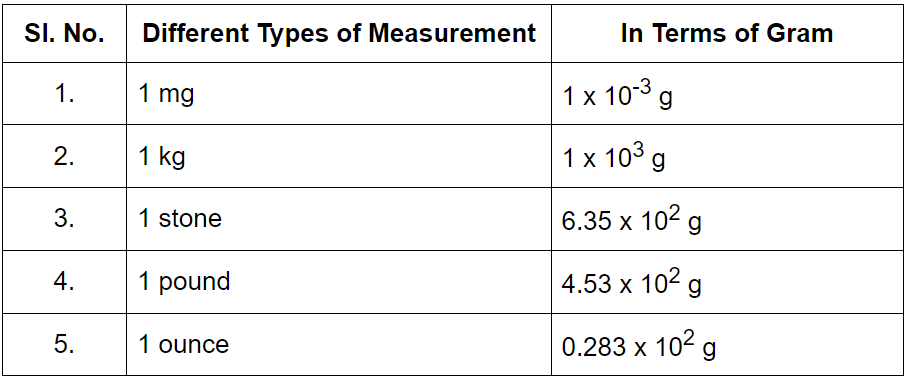
Units of Measurement Conversion Table – Volume
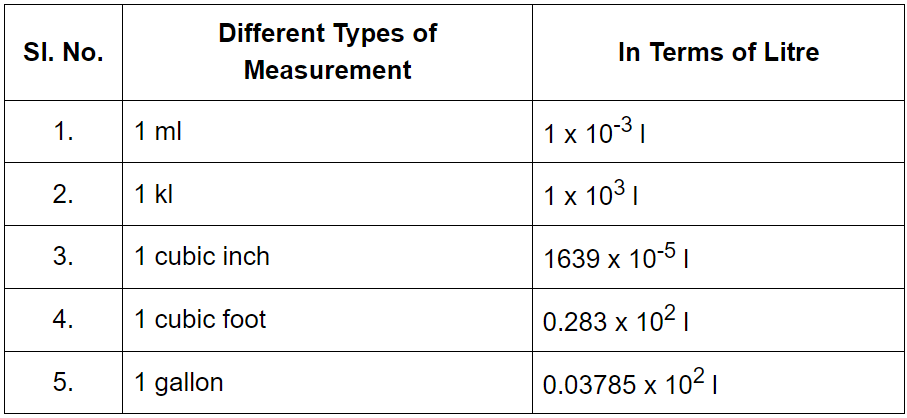
Units and Conversions – Time
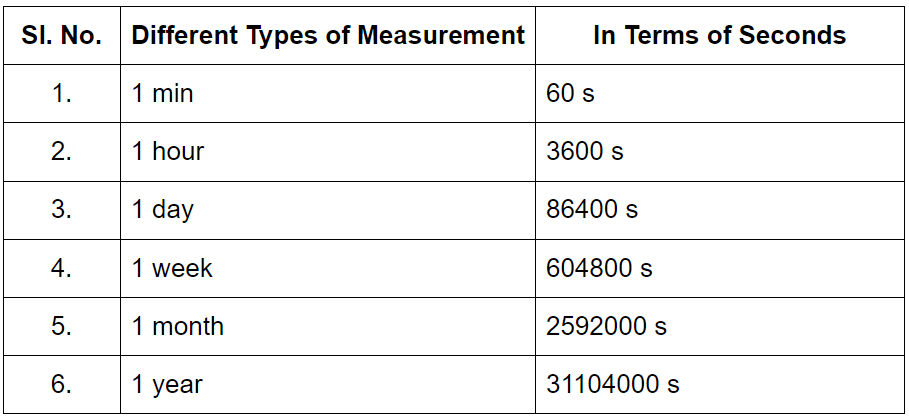
Unit Conversion Table – Energy

Unit Conversion Table- Power
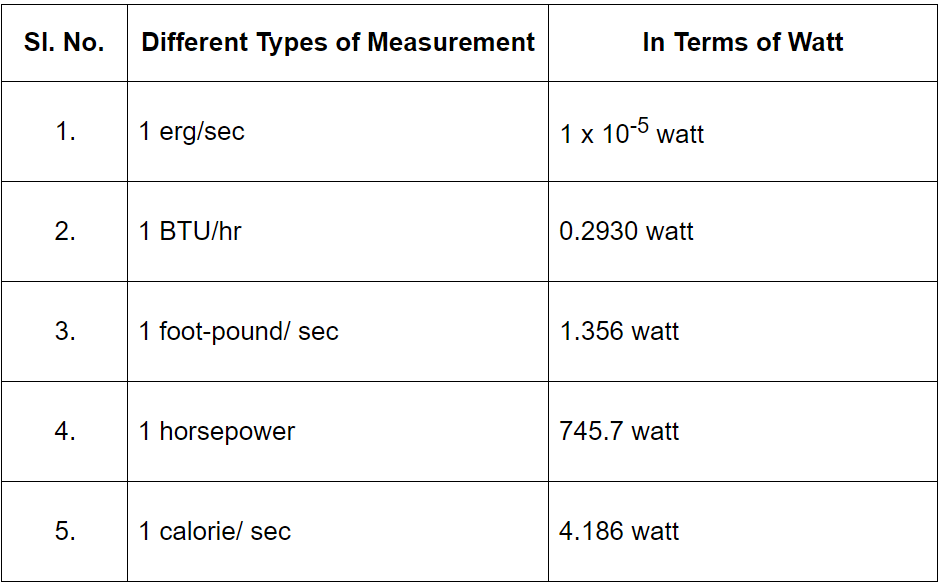
|
487 videos|1922 docs|396 tests
|
FAQs on Conversion of Units - General Awareness for SSC CGL
| 1. What are fundamental quantities and derived quantities in the context of unit conversion? |  |
| 2. What is the difference between fundamental units and derived units? |  |
| 3. How can one convert units between different systems of measurement? |  |
| 4. What is the importance of understanding unit conversion in the context of competitive exams like SSC CGL? |  |
| 5. Can you provide an example of a complete unit conversion table that can be useful for SSC CGL preparation? |  |















